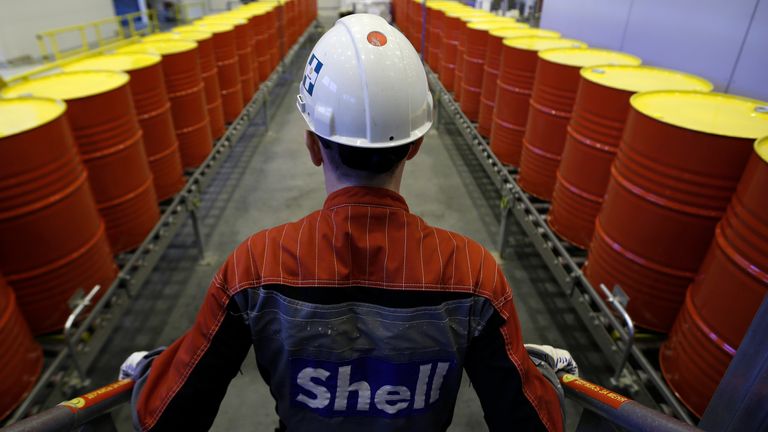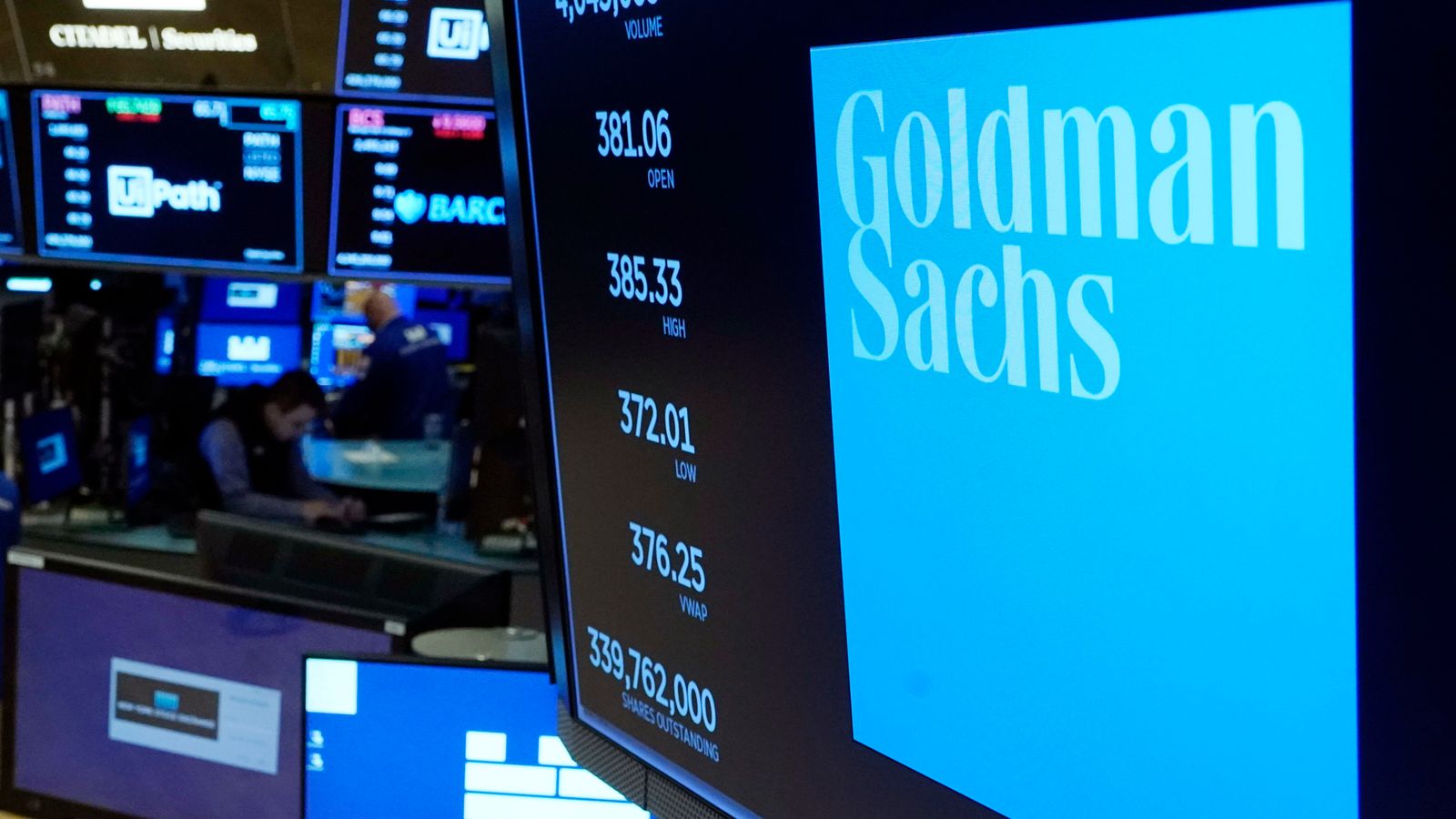
The return of summer weather last month helped retail sales recover despite a hit from weaker demand for fuel, according to official figures.
The Office for National Statistics (ONS) reported a 0.4% rise – a figure that grew to 0.6% when the effects of fuel sales were excluded.
It said stronger clothing sales drove the increase but fuel sales volumes were 1.2% lower – likely the result of a surge in pump costs due to rising global oil prices.
The bounce-back for overall sales followed an upwardly revised 1.1% decline in July compared to the previous month when wet weather was blamed for people shying away from summer fashion purchases in physical stores.
ONS senior statistician Heather Bovill said: “Retail recovered a little from the large fall seen in July, driven by a partial bounce back in food and a strong month for clothing, though sales overall remain subdued.
“These were partially offset by internet sales, which dropped slightly as some people returned to shopping in person following a very wet July. Fuel sales also fell, with increased prices hitting demand.”
Recent RAC data suggested that costs for both unleaded and diesel were up by more than 10p a litre since the beginning of August, reflecting the highest prices for Brent crude oil seen in 10 months.
Production cuts by Saudi Arabia and Russia have been blamed for the hikes, with pump prices likely to have further to go to reflect the current level for Brent.
The ONS data is keenly awaited as household spending accounts for a majority of the UK economy – currently flatlining.
It was released as a closely-watched measure of consumer confidence showed improvement.
The GfK index, which measures consumer attitudes, showed a four point improvement for September but remaining well inside negative territory.
Joe Staton, the company’s client strategy director, suggested that its findings were more bullish amid the shifting sands of the cost of living crisis, with the headline figure now back in line with January 2022.
“The view on our personal financial situation for the past year and the next is registering marginal but welcome growth, while expectations for the UK’s wider economy in the coming year show a more robust six-point increase.
“And with less than 100 shopping days to Christmas, the four-point boost to the major purchase measure might offer some hope to retailers, who know all too well that many people face financial pressure in the run-up to this year’s festive season.”
The readings were taken in advance of the Bank of England’s latest interest rate decision, which surprised many economists, that maintained Bank rate at 5.25% due to reductions in key inflation indicators.
Following 14 consecutive increases to tackle surging inflation, its rate-setting committee will be anxious to see if the move heralds a pick-up in demand, such as in consumer spending.
That scenario would be a concern as wages are currently outstripping the rate of inflation and any spending splurge would be seen as an added pressure.
While the Bank’s pause on rate hikes gives some security to borrowers that things like mortgage costs should not go up further for now, the governor signalled that it would have to act again if the pace of price rises accelerated and was clear that there was no prospect of a rate cut any time soon.








